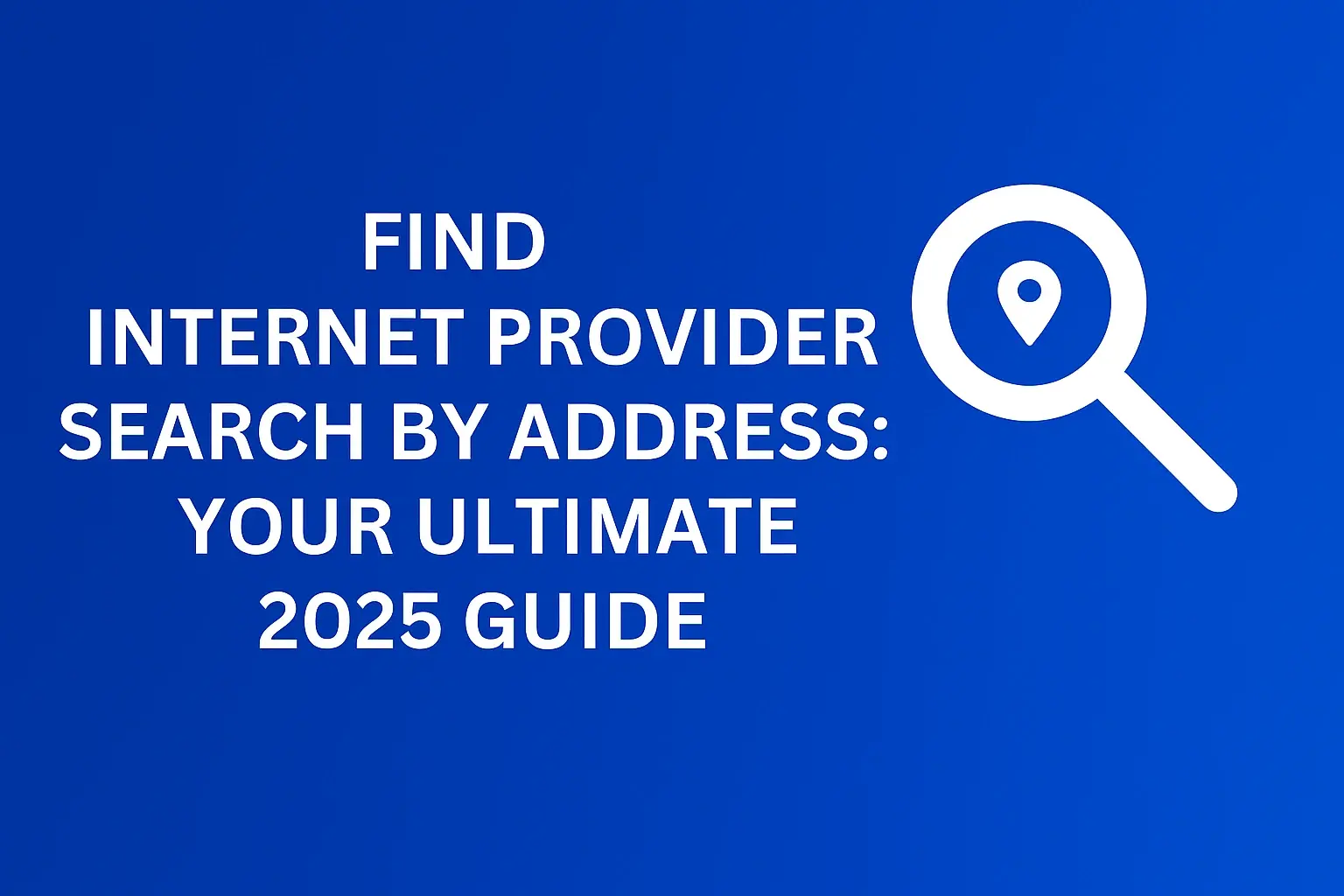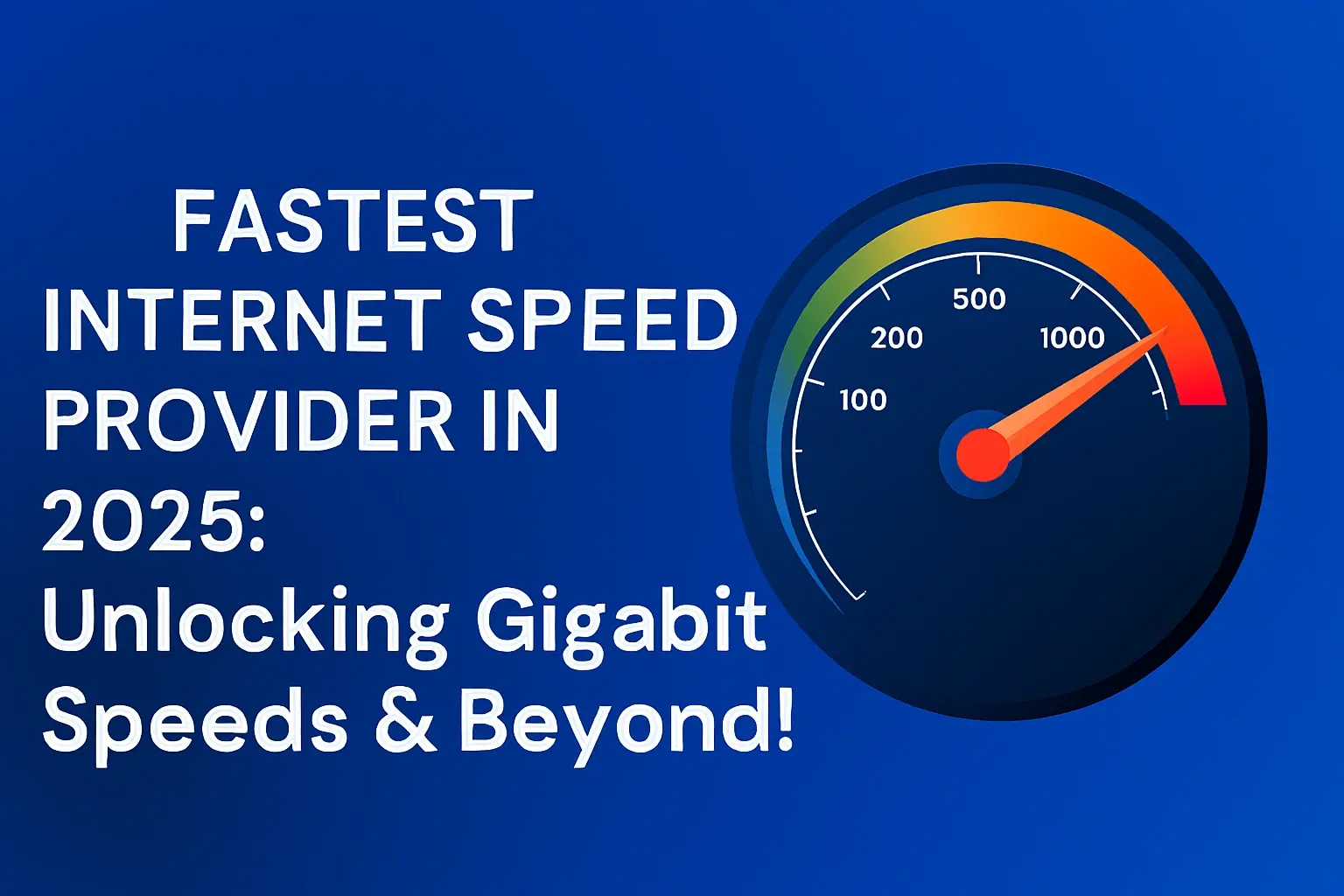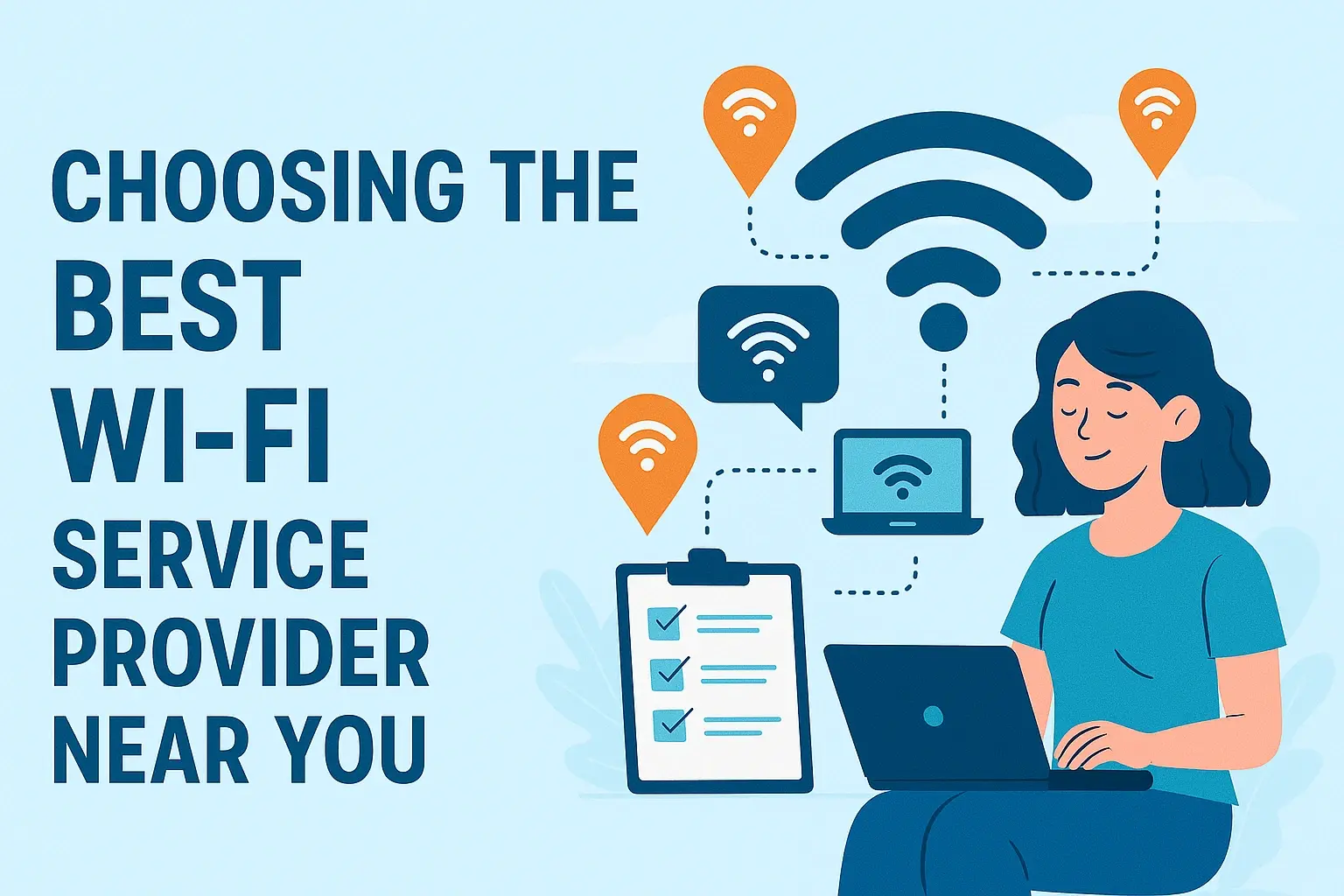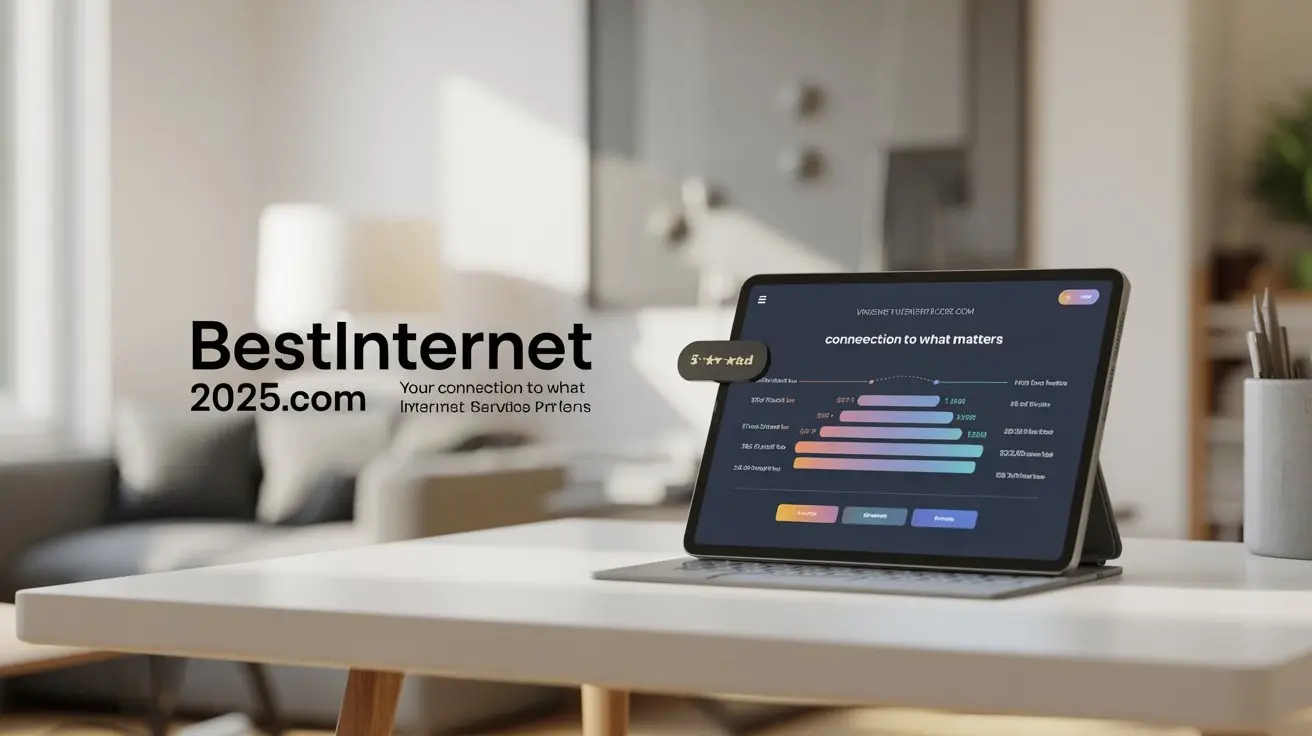Average Cost Of Cellphone Plan
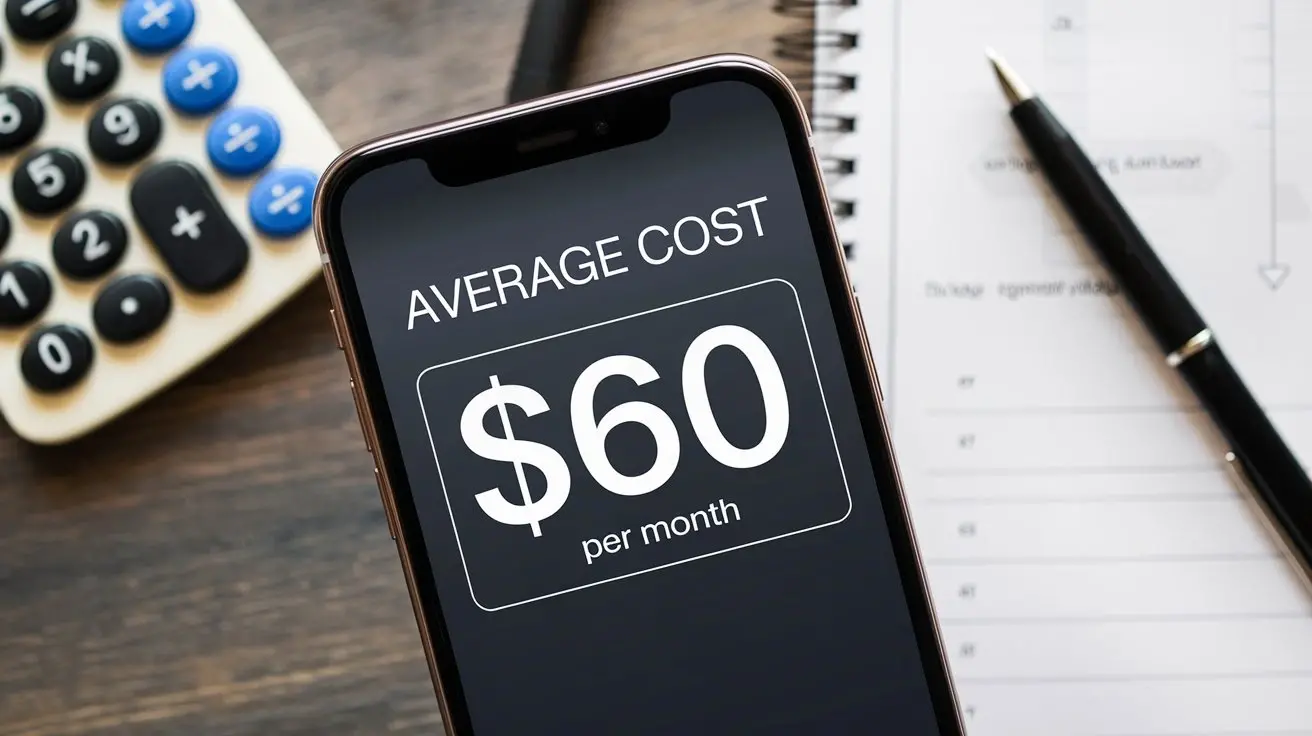
Unlocking the mystery of the average cost of a cellphone plan in 2025 requires a deep dive into various factors. This guide will demystify pricing, compare popular options, and help you find a plan that perfectly balances features and budget, ensuring you get the most value for your money.
Understanding Cell Phone Plan Costs
The landscape of cell phone plans is diverse, with costs varying significantly based on a multitude of factors. Understanding these elements is the first step to accurately determining the average cost of a cellphone plan that fits your individual or family needs. In 2025, consumers are more empowered than ever to find value, but it requires a discerning eye. This comprehensive guide will break down the average costs, explore the variables that influence pricing, and provide actionable strategies to secure the best possible deal.
Key Factors Influencing Your Cell Phone Plan Cost
Several critical components contribute to the final price you pay for your mobile service. Recognizing these factors will empower you to make informed decisions and avoid unexpected charges. Let's delve into each significant element that shapes the average cost of a cellphone plan.
Data Allowance: The Biggest Driver
Data is the lifeblood of modern mobile usage, and consequently, it's the most significant factor dictating the price of your cellphone plan. In 2025, the demand for high-speed data for streaming, video calls, social media, and mobile gaming continues to soar. Carriers price their plans based on the amount of high-speed data included. Plans with larger data caps or unlimited data naturally command higher prices. Conversely, users with minimal data needs—perhaps primarily relying on Wi-Fi—can opt for cheaper, lower-data plans.
The definition of "unlimited" data has also evolved. While many plans advertise unlimited data, they often come with caveats. After a certain threshold of high-speed data usage (e.g., 50GB, 100GB), speeds may be throttled to 3G or 4G speeds, or data usage may be de-prioritized during network congestion. Understanding these nuances is crucial when comparing unlimited plans, as the true cost can be perceived value rather than just a flat monthly fee.
Number of Lines: Family vs. Individual Plans
Whether you're a solo user or managing a family's mobile needs significantly impacts the average cost of a cellphone plan. Individual plans are typically more expensive per line than family plans. Carriers offer substantial discounts for adding multiple lines to a single account. This is because managing one account for several users is more efficient for the carrier. A family plan can offer considerable savings, often making it the most economical choice for households with two or more users. However, it's important to ensure that the data allowances and features on a family plan meet the collective needs of all users.
Carrier Type: Major vs. MVNOs
The type of carrier you choose plays a pivotal role in pricing. Major carriers (like Verizon, AT&T, T-Mobile in the US) generally offer premium services, extensive network coverage, and the latest features, but at a higher price point. Mobile Virtual Network Operators (MVNOs), on the other hand, lease network capacity from the major carriers and often provide significantly cheaper plans. Examples include Mint Mobile, Visible, Google Fi, and Cricket Wireless. While MVNOs can offer substantial savings, their plans might have limitations regarding data speeds, network priority, or customer service compared to their parent networks. Understanding this distinction is key to finding the right balance between cost and service quality.
Plan Features: Beyond Just Data
Beyond data, cellphone plans often bundle various features that can influence their cost. These can include:
- Unlimited Talk and Text: This is a standard feature on almost all plans today and rarely adds to the cost.
- Mobile Hotspot Data: Some plans include a dedicated allotment of high-speed data for tethering your devices. The amount of hotspot data can vary and affect the price.
- International Calling/Texting: If you frequently call or text numbers outside your home country, plans with international features will be more expensive.
- Streaming Service Bundles: Some premium plans from major carriers include subscriptions to popular streaming services (e.g., Netflix, Disney+, Apple TV+). These bundles add significant value but also increase the monthly cost.
- 5G Access: While 5G is becoming ubiquitous, some plans might charge extra for premium 5G speeds or access to specific 5G bands.
- Perks and Discounts: Look out for discounts for bundling services (e.g., home internet), military/first responder discounts, or student plans.
Device Financing and Insurance
The cost of your cellphone plan can also be inflated by the monthly payments for your device. Many users finance their new smartphones through their carrier, spreading the cost over 24 or 36 months. This monthly device payment is added to your service plan cost, making the total bill appear higher. Similarly, adding device insurance, which covers accidental damage or loss, will increase your monthly expense. Opting to buy your phone outright or bring your own device (BYOD) can significantly reduce your monthly outlays.
International Usage and Roaming
For travelers or those with international contacts, the cost of international calling, texting, and data roaming can add up quickly. Many standard plans include limited or no international features. If you need to use your phone abroad, you'll likely need to purchase an international add-on, an international plan, or rely on an MVNO that offers competitive international rates (like Google Fi). These features are often premium and will increase the average cost of your cellphone plan.
Contract Length and Discounts
While traditional long-term contracts are less common now, carriers still offer incentives for commitment. Some plans may offer lower monthly rates if you sign up for a 12-month or 24-month agreement. Other discounts can come from autopay, paperless billing, or loyalty programs. Bundling services, such as home internet and mobile, can also unlock significant savings. Always inquire about available discounts when signing up or renewing your plan.
Average Cell Phone Plan Cost Breakdown (2025)
Pinpointing an exact "average cost of a cellphone plan" is challenging due to the sheer variety of options. However, based on 2025 market data and consumer trends, we can provide reliable estimates for different scenarios. These figures represent typical monthly costs for a single line or a family plan, excluding device financing unless otherwise specified.
Individual Plans
For a single user, the average cost of a cellphone plan in 2025 typically falls within the following ranges:
- Basic/Low Data Plans (1-5GB): $30 - $50 per month. These are ideal for minimal data users who primarily use Wi-Fi.
- Mid-Tier Plans (10-25GB): $50 - $70 per month. Suitable for moderate users who stream music, use social media regularly, and occasionally watch videos.
- High-Data/Unlimited Plans (50GB+): $70 - $90+ per month. For heavy users who stream a lot of video, game, or use their phone as a hotspot frequently. These often include premium features.
Note: These figures are for service only. If you are financing a new phone, add $25-$50+ per month for the device cost.
Family Plans
Family plans offer significant savings per line. Here's a typical breakdown for 2025:
- 2 Lines:
- Basic/Mid-Tier: $80 - $120 per month
- High-Data/Unlimited: $120 - $160+ per month
- 3 Lines:
- Basic/Mid-Tier: $100 - $150 per month
- High-Data/Unlimited: $150 - $200+ per month
- 4 Lines:
- Basic/Mid-Tier: $120 - $180 per month
- High-Data/Unlimited: $180 - $250+ per month
Note: Family plans often come with a shared data pool or individual unlimited data allowances. The cost per line decreases as you add more lines. Again, device financing is separate.
Unlimited vs. Limited Data Plans
The choice between unlimited and limited data plans significantly impacts the average cost of a cellphone plan.
| Plan Type | Average Monthly Cost (Single Line, 2025) | Pros | Cons |
|---|---|---|---|
| Limited Data (e.g., 5GB - 15GB) | $40 - $60 | Lower cost, good for light users, predictable spending. | Risk of overage charges, data throttling if limits are exceeded, not ideal for heavy streaming or hotspot use. |
| Unlimited Data (with deprioritization after X GB) | $60 - $90 | Freedom from overage charges, ample data for most users, often includes premium features. | Potential for slower speeds during peak times or after heavy usage, "unlimited" isn't always truly unlimited at full speed. |
| Unlimited Data (Premium/No Throttling) | $80 - $100+ | Guaranteed high-speed data, often includes premium perks like streaming bundles and hotspot data. | Highest cost, may offer more than what an average user needs. |
How to Find the Best Cell Phone Plan for Your Needs
Navigating the options to find the perfect cellphone plan can feel overwhelming. Follow these steps to systematically identify the best plan for your unique situation and budget, ensuring you're not overpaying for services you don't need.
Step 1: Assess Your Current Usage
The most crucial step is to understand how you and your family actually use your mobile devices. Dig into your current or past phone bills. Most carriers provide detailed breakdowns of:
- Data Consumption: How many gigabytes (GB) do you typically use each month? Look at your average usage over the last 3-6 months.
- Talk and Text Usage: While most plans offer unlimited talk and text, it's good to be aware if you have any unusual international calling habits.
- Hotspot Usage: Do you regularly use your phone to connect laptops or tablets to the internet? If so, how much data does this consume?
- International Usage: Do you make frequent international calls or travel abroad and use your phone?
Many smartphone settings also allow you to track your data usage. This information is invaluable for choosing a plan with the right data allowance. Overestimating your data needs can lead to paying for more than you use, while underestimating can result in costly overage fees or frustratingly slow speeds.
Step 2: Identify Your Priorities
Once you know your usage, determine what features are most important to you. Rank these priorities:
- Cost: Is finding the absolute cheapest plan your top priority, even if it means fewer features?
- Data Amount: Do you need a large data allowance for streaming, gaming, or work?
- Network Coverage: Is reliable service in your specific geographic area (home, work, travel routes) paramount? Check carrier coverage maps.
- Speed: Do you require the fastest possible 5G speeds, or are standard 4G LTE speeds sufficient?
- Hotspot Capability: Is having a generous mobile hotspot allowance essential?
- International Features: Do you need robust international calling, texting, or roaming options?
- Bundled Perks: Are included streaming services or other entertainment benefits a deciding factor?
- Customer Service: Do you value readily available and responsive customer support?
Aligning your priorities with plan features will help you filter through the options more effectively.
Step 3: Research Carriers and Plans
With your usage and priorities in hand, start researching. Explore both major carriers and MVNOs. Visit their official websites, but also consult reputable third-party review sites and comparison tools. Pay close attention to:
- Plan Details: Carefully read the descriptions of data allowances, hotspot limits, international features, and any speed restrictions.
- Network Performance: Look for independent network performance reports (e.g., from Ookla, RootMetrics) for your region.
- Customer Reviews: See what current customers say about their experience with the carrier's service and support.
- Promotions: Carriers frequently offer new customer deals, discounts on devices, or temporary service credits.
Step 4: Compare and Contrast Options
Create a shortlist of 3-5 plans that seem to fit your needs. Use a spreadsheet or a simple list to compare them side-by-side. Key comparison points should include:
- Monthly service cost (per line and total)
- Total data allowance (including hotspot)
- International calling/roaming rates or included features
- Network coverage and reported performance
- Any bundled perks or discounts
- Device compatibility (if bringing your own phone)
Don't just look at the headline price. A slightly more expensive plan might offer significantly more data or better perks that ultimately provide greater value.
Step 5: Read the Fine Print
This is perhaps the most overlooked step. Before committing, thoroughly read the terms and conditions. Pay attention to:
- Overage Fees: What happens if you exceed your data limit on a limited plan?
- Throttling Policies: On unlimited plans, understand the data threshold at which speeds might be reduced and what those reduced speeds are.
- Activation Fees: Some carriers charge one-time fees to set up your service.
- Early Termination Fees: If you're on a contract (less common now), what are the penalties for leaving early?
- Price Increases: Are there any clauses that allow for future price hikes?
- Network Access: For MVNOs, understand which network they use and if there are any limitations compared to the primary carrier.
Understanding these details can prevent unpleasant surprises and ensure you're making a truly informed decision about the average cost of your cellphone plan.
Major Carriers vs. Mobile Virtual Network Operators (MVNOs)
The choice between a major carrier and an MVNO is a fundamental decision that heavily influences the average cost of a cellphone plan. Each offers distinct advantages and disadvantages.
Major Carriers: The Big Three (and Beyond)
In the United States, the primary major carriers are Verizon, AT&T, and T-Mobile. These companies own and operate their own cellular networks, investing billions in infrastructure, spectrum, and technology development. This allows them to offer:
- Extensive Network Coverage: Generally, the most robust and widespread coverage, especially in rural areas.
- Priority Network Access: Their customers typically experience the fastest speeds and most reliable connections, especially during peak network times.
- Latest Technology: They are often the first to roll out new technologies like advanced 5G features.
- Bundled Services and Perks: Often include streaming subscriptions, international plans, and premium customer support.
- Device Financing: Offer the widest range of the latest smartphones with flexible financing options.
However, these benefits come at a premium. The average cost of a cellphone plan with a major carrier is typically higher than with an MVNO.
MVNOs Explained: Affordable Alternatives
Mobile Virtual Network Operators (MVNOs) are companies that do not own their own network infrastructure. Instead, they lease network capacity from one or more of the major carriers. This allows them to offer significantly lower prices because they don't bear the massive costs of building and maintaining a network. Popular MVNOs include Mint Mobile (uses T-Mobile), Visible (uses Verizon), Google Fi (uses T-Mobile and US Cellular), and Cricket Wireless (uses AT&T).
MVNOs typically offer:
- Lower Prices: Often 20-50% cheaper than comparable plans from major carriers.
- Simple Plans: Usually focus on core services like data, talk, and text, with fewer complex bundles.
- Good Value for Money: Excellent for budget-conscious consumers or those with moderate usage.
The trade-offs with MVNOs can include:
- Lower Network Priority: Data speeds might be slower than major carriers, especially during network congestion.
- Limited International Options: International features may be less comprehensive or more expensive.
- Customer Service: Support channels might be more limited (e.g., online chat only).
- Device Selection: The range of the latest phones available for financing might be smaller.
Choosing Between Major Carriers and MVNOs
The decision hinges on your priorities:
- Choose a Major Carrier if:
- You need the absolute best network coverage and reliability, especially in rural areas.
- You are a heavy data user who streams extensively or relies heavily on mobile hotspot.
- You want premium perks like bundled streaming services.
- You plan to finance the latest flagship smartphone directly through the carrier.
- You value top-tier customer support and advanced features.
- Choose an MVNO if:
- Your primary goal is to minimize your monthly cellphone bill.
- You have moderate data needs and primarily use Wi-Fi.
- You are comfortable with potentially deprioritized data speeds during peak times.
- You are bringing your own device (BYOD) or are willing to buy unlocked phones.
- You don't require extensive international features or bundled entertainment.
For many users, an MVNO provides a fantastic balance of cost and service, making the average cost of a cellphone plan much more affordable.
Smart Tips for Saving Money on Your Cell Phone Bill
Beyond choosing the right plan and carrier, several strategies can help you reduce your monthly cellphone expenses:
- Bring Your Own Device (BYOD): Purchasing an unlocked phone outright or from a third-party retailer and then activating it on a carrier's network can save you hundreds of dollars compared to financing through the carrier.
- Leverage Family Plans: If you have multiple lines, a family plan is almost always more cost-effective per line than individual plans.
- Utilize Wi-Fi: Make a conscious effort to connect to Wi-Fi whenever possible (at home, work, public places). This significantly reduces your reliance on cellular data, allowing you to potentially downgrade to a cheaper plan.
- Monitor Data Usage: Regularly check your data consumption. If you consistently use less data than your plan allows, consider switching to a lower-tier plan.
- Bundle Services: Some providers offer discounts if you bundle your mobile service with home internet or TV packages.
- Look for Discounts: Inquire about potential discounts for military personnel, first responders, students, or seniors. Many carriers offer these.
- Autopay and Paperless Billing: Most carriers offer a small monthly discount (typically $5-$10 per line) for setting up automatic payments and paperless billing.
- Negotiate: If you're a long-time customer with a major carrier and find a better deal elsewhere, contact your current provider. They may be willing to offer you a retention deal to keep your business.
- Consider Prepaid Plans: Prepaid plans often offer excellent value and eliminate the risk of unexpected bills, as you pay for service in advance. Many MVNOs operate on a prepaid model.
- Avoid Unnecessary Add-ons: Be critical of optional features like premium visual voicemail, extended warranty services, or international roaming packages if you don't truly need them.
By implementing these tips, you can actively manage and reduce the average cost of your cellphone plan without sacrificing essential services.
Future Trends in Cell Phone Plan Pricing
The mobile industry is constantly evolving, and several trends are likely to shape the average cost of cellphone plans in the coming years:
- Increased 5G Integration: As 5G networks mature and become more widespread, expect plans to be increasingly optimized for 5G speeds and capabilities. This could lead to tiered pricing based on 5G network access or speeds.
- Data Demands Continue to Rise: With the growth of video streaming, augmented reality (AR), virtual reality (VR), and the Internet of Things (IoT), data consumption will continue to increase. This will likely drive demand for higher data caps and more robust unlimited plans, potentially pushing average costs up for heavy users.
- MVNO Market Growth: The MVNO sector is expected to continue expanding, offering more competition and driving down prices for consumers seeking value.
- Focus on Bundling and Ecosystems: Carriers will likely continue to bundle mobile services with other offerings like home internet, streaming entertainment, and even smart home devices to create more comprehensive and sticky customer ecosystems.
- AI-Powered Personalization: Expect carriers to leverage AI to offer more personalized plan recommendations based on individual usage patterns, potentially leading to more tailored and cost-effective options.
- Fixed Wireless Access (FWA) Competition: The rise of 5G-based Fixed Wireless Access for home internet could influence mobile data strategies, potentially leading to more integrated mobile and home data solutions.
- Privacy and Security Features: As concerns about online privacy and security grow, plans might start to differentiate themselves by including enhanced security features or VPN services.
These trends suggest a dynamic market where consumers who stay informed and adapt to new offerings will be best positioned to manage the average cost of their cellphone plan effectively.
Conclusion: Navigating the Average Cost of a Cell Phone Plan
Understanding the average cost of a cellphone plan in 2025 is about more than just looking at a single number; it's about dissecting the factors that contribute to it and aligning them with your personal usage and priorities. From data allowances and the number of lines to carrier types and bundled features, each element plays a crucial role in the final price. While the average individual plan might hover between $50-$70 and family plans can range from $120-$200+, these figures are merely benchmarks.
By diligently assessing your data consumption, identifying your must-have features, and comparing offerings from both major carriers and MVNOs, you can confidently find a plan that provides excellent value. Remember to always read the fine print and explore every available discount. Implementing smart saving strategies like BYOD and leveraging Wi-Fi can further reduce your monthly expenses. The key to mastering the average cost of a cellphone plan lies in informed decision-making and proactive management of your mobile service. Take control of your mobile budget today by applying the insights from this guide.
